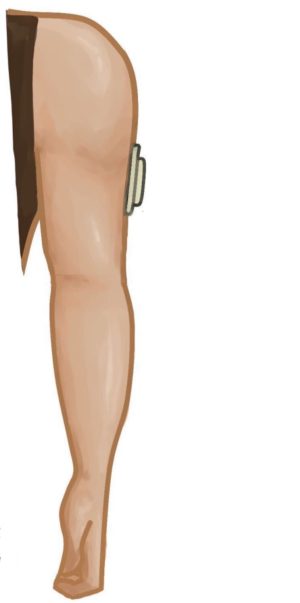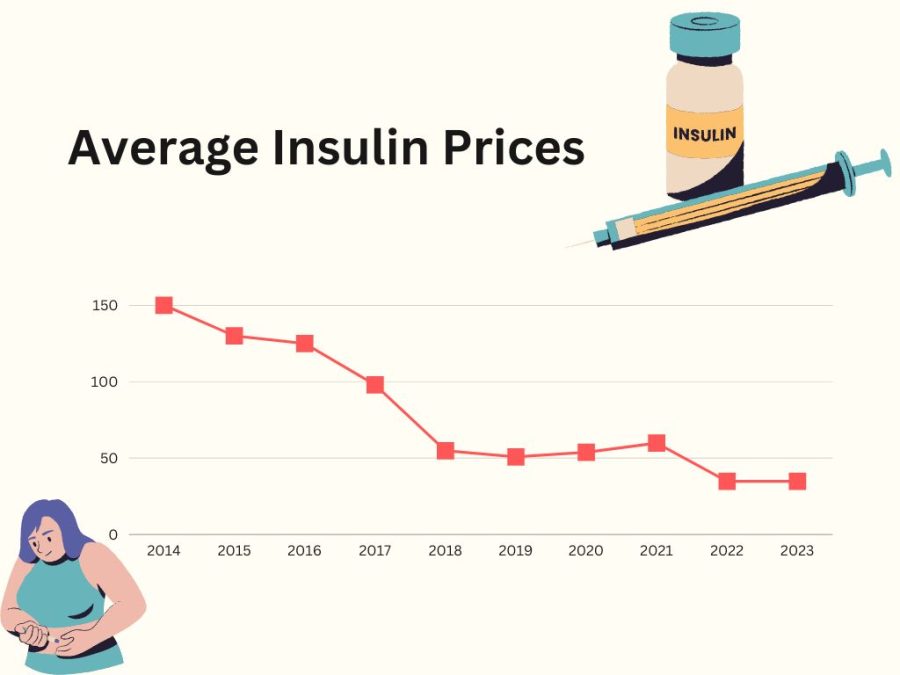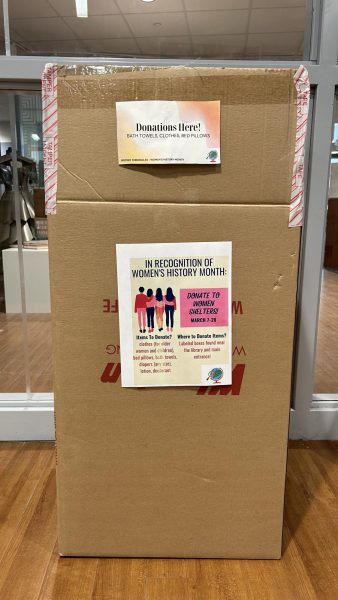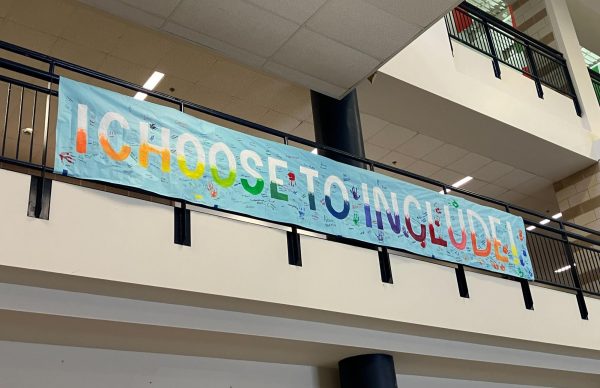Insulin price decrease affects students, staff
Media by Prashu Sidella
Throughout the years, insulin prices have been decreasing making it easier on families of students with diabetes.
Wake up. Check blood sugar levels. Take medication. Eat the right amount of healthy food. Don’t skip meals. Keep rechecking sugar levels. Sleep. Repeat.
This is what a typical day looks like for someone who has diabetes. Diabetes is a disease that causes high blood sugar levels, known as hyperglycemia. When people eat, their body breaks down food into sugar, and insulin helps send it to the blood. However, the bodies of diabetics do not create enough insulin and therefore they must inject themselves with insulin in order to regulate blood sugar levels. Insulin is vital to the needs of diabetics; however, it comes at a cost.
Dawna Barnhart, science teacher, was 28 years old when she was first diagnosed with type 1 diabetes. Barnhart gets a three-month supply of insulin at a time, and with insurance, she ends up paying $1,000 for four vials of insulin.
Putting in a regulation on how much insulin can be charged is a beautiful thing and should have been done years ago,
— Dawna Barnhart
The supplies needed to treat diabetes don’t just stop at insulin though.
Because Barnhart is on an insulin pump, her endocrinologist has to write a prescription for all the supplies required. Syringes, tubing and the pump itself must be refilled just like any other prescription.

However, last year, President Biden capped insulin at $35 a month for people with Medicare, but in this year’s State of the Union address, the president called for this cap to extend to all Americans.
“Putting in a regulation on how much insulin can be charged is a beautiful thing and should have been done years ago,” Barnhart said.
Drew Mathers, sophomore, was diagnosed with type one diabetes in the third grade.
“I am fortunate enough to have insurance that will pay for a good amount of the insulin, but we’re still paying some out of pocket,” Mathers said. “People without insulin or without insurance still have trouble.”
Lower insulin prices are going to create a little less stress for many diabetics.
“I really think that once they actually start to bring down these prices, it’s going to make insulin a lot more available for lower income families,” Mathers said. “The problem that people face is they try to use less insulin for the carbs they’re eating which is just not healthy.”
The problem that people face is they try to use less insulin for the carbs they’re eating which is just not healthy.
— Drew Mathers
Keaton Mabie, senior, was diagnosed with type 1 diabetes in the first grade.
“It gets easier over time, but there’s also a kind of burnout stage of where I don’t want to deal with it anymore,” Mabie said. “So, I don’t take care of it as much as I should.”
As Mabie is a senior, he said the decrease in insulin prices will help him in the future.
“I think it’s great that prices are going down for people,” Mabie said. “When I go to college and am no longer on my family’s insurance plan, it’s good that prices are going to be low enough that I don’t have to ration or change my food diet.”
Your donation will support the student journalists of Marquette High School. Your contribution will allow us to purchase equipment and cover our annual website hosting costs. You may become a PATRON by making a donation at one of these levels: White/$30, Green/$50, Blue/$100. Patron names will be published in the print newsmagazine, on the website and once per quarter on our social media accounts.

Prashu Sidella, senior, is the Online Editor for the Marquette Messenger. This will be her third year on staff. She is the president of Key Club, plays...

Emma Tyulyayev is an Illustrator for the Marquette Messenger. This is her second year on staff. After school, she enjoys driving around and going on frequent...








